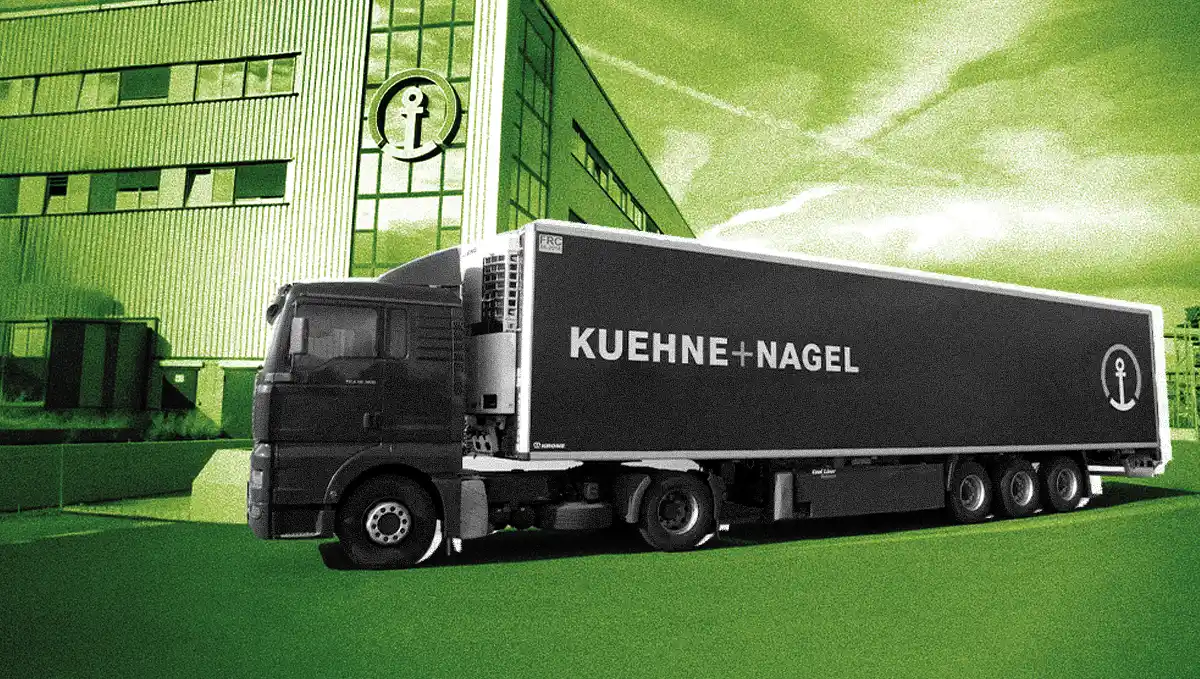
Key Points
- A long-time leader in technology innovation, Procter & Gamble’s new “AI Factory” is helping employees across the business use data and AI to drive business outcomes.
- Among other results, P&G was able to reduce out-of-stock inventory by 15% by orchestrating data across the value chain, CIO Seth Cohen said on a recent episode of the "Metis Strategy" podcast.
- Enterprises should prepare for some "heavy lifting" when pursuing their own data and AI efforts, according to Seth, and CIOs should focus on getting stakeholders across the business involved.
As one of the leading consumer goods companies for the last several decades, Procter & Gamble started its AI journey years ago. And now, under Chief Information Officer Seth Cohen, the efforts are intensifying.
Notably, P&G’s new “AI Factory” is giving employees in the company access to the cross-functional data sets they need to not just adopt AI, but use it to actually deliver real-world results.
In a recent episode of the “Metis Strategy” podcast, Cohen shared the key outcomes P&G has been able to achieve since embarking on this effort to build a unified data and AI platform:
- Full product lifecycle visibility: When a consumer scans a product QR code in the Pampers Club app to get points for their purchase, P&G can trace the item across the entire value chain to surface key operational information, including where it came from or how long it took to go from the distribution center to the checkout. And if there’s a problem with the product, P&G “can quickly diagnose based on a consumer complaint,” Cohen said.
- Out-of-stock inventory reduced by 15%: For those not in the retail industry, “this is huge,” Cohen said. Typically, out of stock improvements are judged by single percentage points. The big difference? P&G “freed the data up across all that value chain,” he added, including product supply, point-of-sale and retailer distribution information.

With AI, "we can move into more automation, agentic capabilities that would allow us to do things that in the past the rule sets would just be far too big for us to bring to life."
Below is Cohen’s advice to help companies push similar projects into production:
- Rethink Legacy Tools: While technology like RPA may have been sufficient in the past, rule-based models are ”very deterministic” and don’t work well with AI agents, Cohen said. Instead, P&G believes it “can move into more automation, agentic capabilities that would allow us to do things that in the past the rule sets would just be far too big for us to bring to life,” he added. But with that vision, there are still concerns “about security, about identity and access management,” Cohen said.
- AI Takes More Than a Finger Snap: There’s “heavy lifting involved to make sure you have very nimble and accessible capabilities you can drive into the organization,” Cohen said. And it starts with making sure the business is “leading not with technology, but with capability,” he added. For many, the early focus should be on systems of record. ERPs, CRMs, and other foundational platforms are often where much of the important company information is stored. The key is to bring “data out of those systems of record into a common data repository,” Cohen said.
- Insourcing Matters: According to Cohen, too many companies have “turned the keys of the kingdom over to someone else to manage.” That’s a problem in the data-intensive world of AI, where companies are seeking to build domain-specific systems. It’s why in critical areas like engineering and data science, companies like P&G “need to control and own internally,” Cohen said. And today, P&G has a “fair number of engineers, people involved in cloud engineering to allow us to control our destiny,” he added.
- Create the Flywheel: Just giving more people in the organization access to data isn’t enough. Technology leaders need to look for ways to get business partners engaged, through projects that span functional silos. It’s why use cases “don’t end where a function begins and ends,” Cohen said, but begin and end “across the entire value chain.” And it’s why P&G focuses on developing capacities that span functional silos. Then, they “can go into details on how to source data,” he added. These use cases build upon one another, each time requiring less incremental data.
Be sure to check out the full podcast to hear all of Seth's advice.
.svg)





